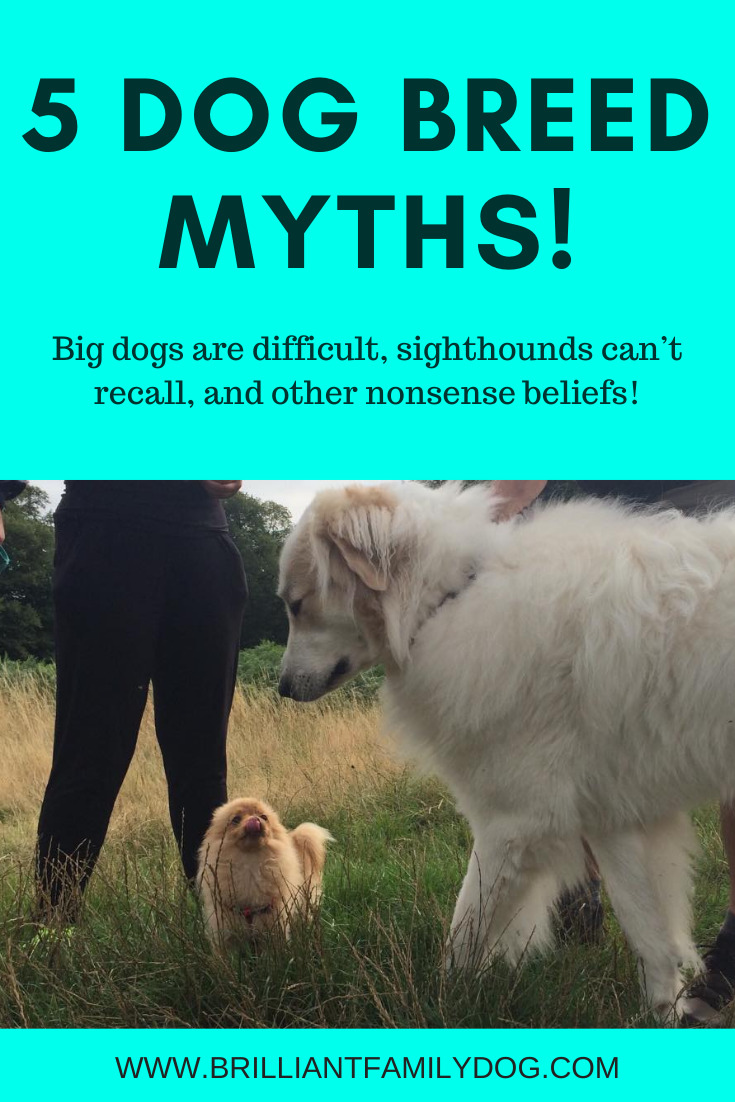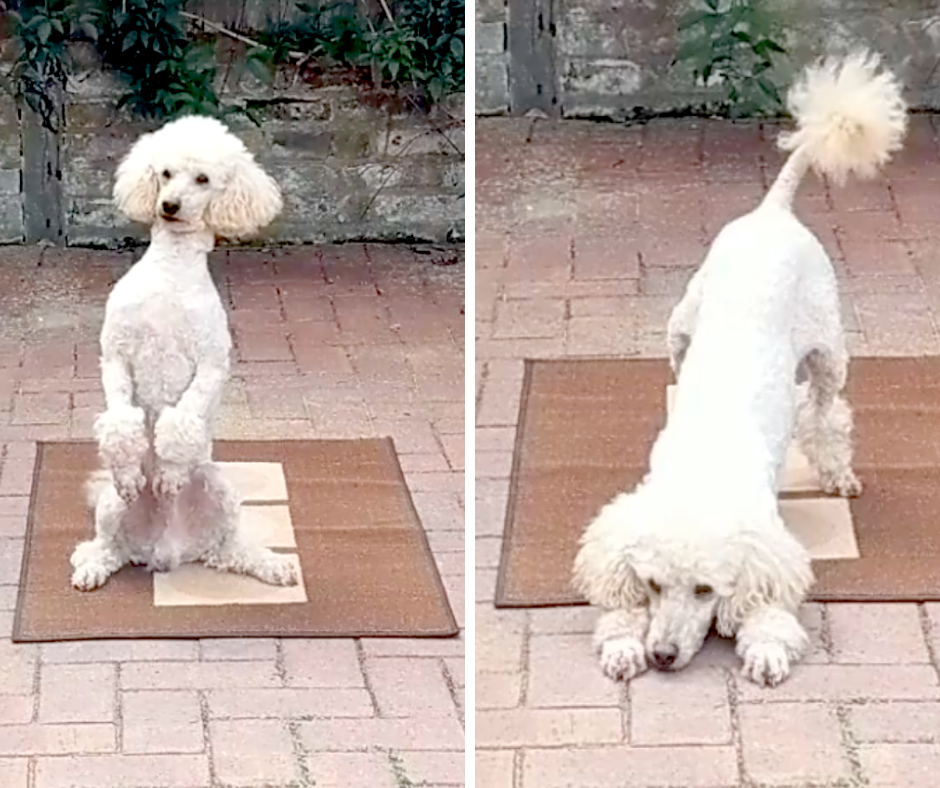You’ve hunted all over the internet
You’ve read all the books
You’ve watched the whole of Youtube
You have certifications coming out of your ears
You’ve learned ALL the things …
But have you done any of the things?
After all this work, are you any nearer to becoming the dog trainer you so long to be?
Well, I can tell you -
🐾 There is nothing wrong with you!
🐾 This is 100% normal.
Self-doubt
We all seem to have a program running that tells us we’re not good enough. That we can’t do the simplest thing. That whatever we try won’t work.
You may have been dreaming of working with dogs for years! You’ve been learning everything possible. You even signed up for a very good but very expensive course to learn how to train dogs.
But every time someone says to you, “You ought to be a dog trainer, you’re so good at it!” you climb into your shell and in a tiny voice say, “Oh no, not me. I just wouldn’t know where to start.”
Why is this so?
So why does this capable person, who’s been earning their living for years - working for themselves or for someone else - have a meltdown when it comes to showing their light to the world?
There are two main reasons:
They’ve been pursuing the wrong knowledge.
They think they’re not good enough. They think they’ll fail. They think they’ll run out of money and end up living under a bridge.
Let’s look at these more closely:
“Wha? Didn’t I need all this study?”
Well yes, you did. If you’re going to train people’s dogs you have a duty to do it right. (For anyone who follows Brilliant Family Dog this means without fear, force, or intimidation.) You have a responsibility to know your subject inside out, so you can back up your actions with the science.
But the trouble is, most people do that part of the studying . . . and stop. They never learn the vital second component - how to run a BUSINESS!
Fact is, your training certification is NOT enough.
It’s only half the story.
The other half is being able to present your skills to the world, have people come to you with their dogs, to give a superlative service, and earn a comfortable living.
You need guidance to show you what you need to do, what order you need to do it in, and - importantly - what you absolutely don’t need to do!
You need guides and templates, class plans and documents, to build into your business, to make sure you can earn your living without falling foul of the law or the taxman.
And as for
2. The not-good-enoughness, that can run deep. You may be fighting against years of thinking you don’t make the cut, that you have nothing to offer.
You’re going to need a bit of help to banish these thoughts, and see that you have something to bring to the world which only you can bring.
This is the key - to recognise your own individuality, and know that people want to work with people they relate to.
There is such choice in everything - tv programs to watch, shoes to buy, food to eat - and there’s room for all these different things.
And this is where you need a mentor.
Someone who’s already done what you want to do.
Someone who has already walked the path and can show you the way.
You can gather information till the cows come home, but unless you have the support you need, you’re not going to get it working for you!




















